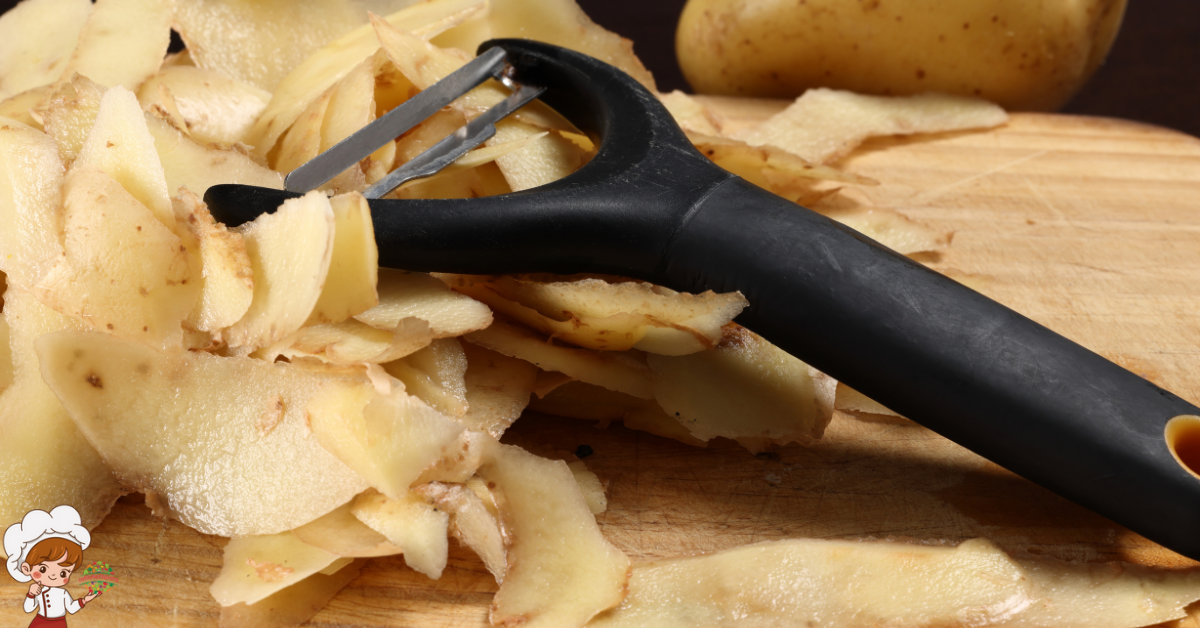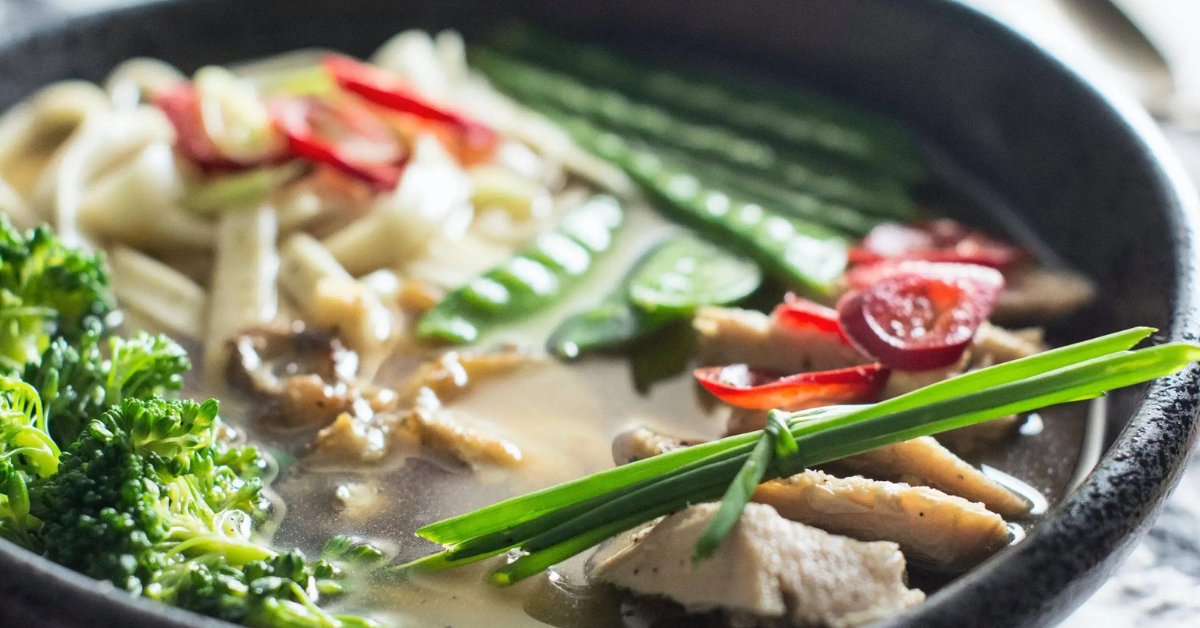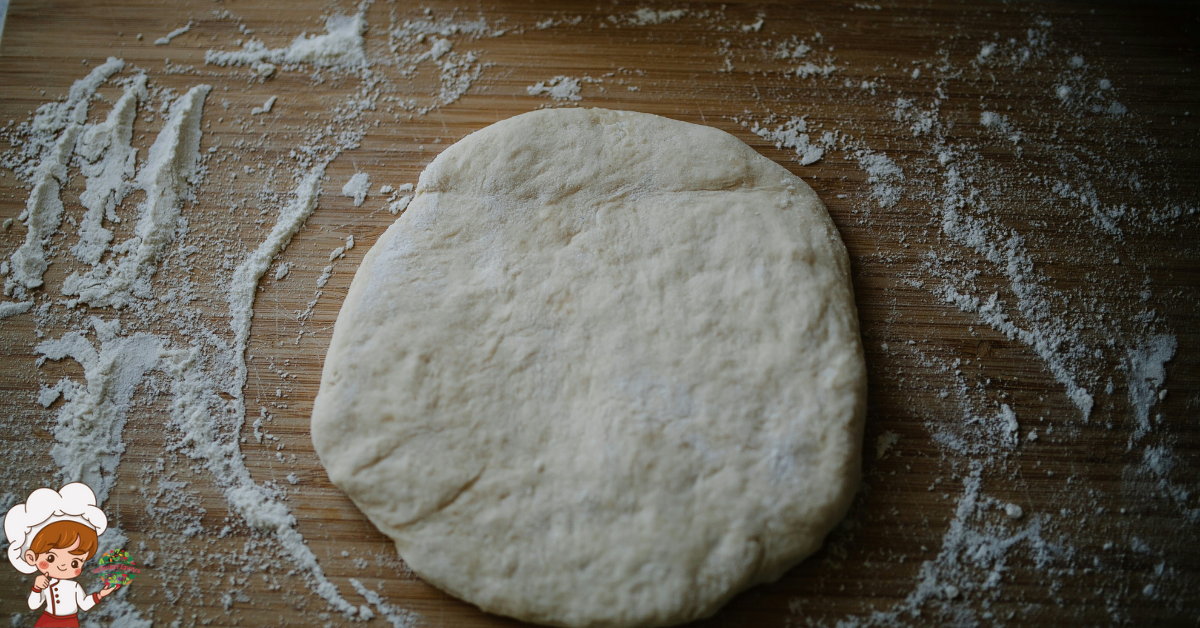Explore The Amazing Origin of Coconut Cream Pie
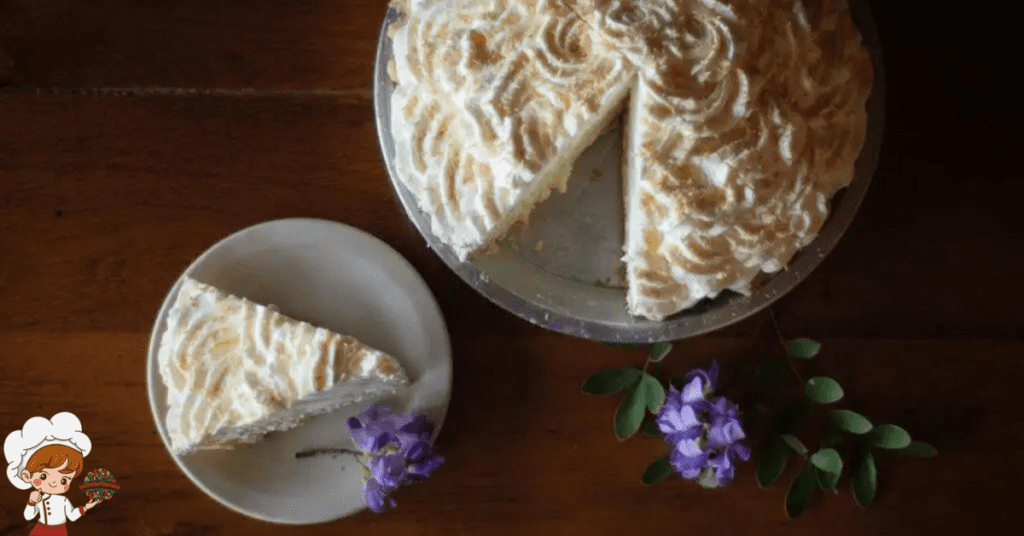
Coconut Cream Pie, with its velvety custard filling, flaky crust, and generous layer of whipped cream and toasted coconut, is a beloved dessert enjoyed by many around the world. Its origins, like those of many classic desserts, are a bit murky, but its evolution offers fascinating insights into the culinary history of coconut and pie-making traditions.
Origins in Tropical Bounty:
Coconuts, the key ingredient in coconut cream pie, have a rich history deeply rooted in tropical regions. The coconut palm, known as the “tree of life,” has been cultivated and cherished for thousands of years in places like Southeast Asia, India, and the Pacific Islands. In these areas, coconuts have provided not only sustenance but also materials for shelter, utensils, and various cultural practices.
Ancient civilizations revered the coconut for its versatility. Coconut meat, coconut milk, and coconut oil were staples in their diets, offering a rich source of nutrients and flavor. The use of coconuts extended beyond food; their shells were fashioned into tools, and the palm fronds were woven into baskets and mats. In essence, the coconut was a cornerstone of daily life in these tropical regions.
The cultivation of coconuts spread through trade and exploration routes, eventually reaching distant shores during the Age of Exploration. European explorers, including the Portuguese, Spanish, Dutch, and British, played pivotal roles in introducing coconuts to new territories. As they established colonies and trading posts, they brought coconuts along, along with other exotic spices and ingredients.
In addition to its practical uses, the coconut held significant cultural and religious importance in many societies. It was often associated with fertility, prosperity, and protection. The coconut palm was considered sacred in some cultures, symbolizing resilience and abundance in the face of adversity.
The introduction of coconuts to Western cuisines opened up new culinary possibilities. Chefs and home cooks experimented with coconut meat, milk, and oil, incorporating them into both sweet and savory dishes. From curries and desserts to beverages and condiments, coconuts added a distinctive tropical flair to traditional recipes, transforming ordinary meals into exotic culinary experiences.
The widespread availability of canned coconut milk and shredded coconut in the 19th and 20th centuries further fueled the popularity of coconut-based dishes. In the United States, coconut cream pie emerged as a delicious fusion of tropical flavors and classic American desserts, capturing the imaginations of home cooks and professional chefs alike.
In essence, the origins of coconut cream pie are deeply intertwined with the tropical bounty of coconut palms and the culinary traditions of regions where coconuts have long been revered. This iconic dessert celebrates the rich heritage of tropical ingredients while delighting taste buds with its creamy, indulgent texture and irresistible flavor.
Colonial Influences:
The colonial era played a significant role in shaping the evolution of coconut cream pie, particularly in the context of American cuisine. During the 18th and 19th centuries, European colonizers brought with them a taste for exotic flavors and ingredients from their tropical colonies, including coconuts. As trade routes expanded and colonial territories grew, coconuts became more accessible in Western markets.
In the United States, the popularity of coconut cream pie grew during the 19th century, fueled in part by the widespread availability of canned coconut milk and shredded coconut. These convenient ingredients allowed home cooks and bakers to easily incorporate coconut into their recipes, including pies, cakes, and other desserts.
Colonial influences also extended to culinary techniques and flavor profiles. European settlers brought their baking traditions to the New World, adapting them to local ingredients and tastes. The pie, a beloved dessert in many European countries, became a staple of American cuisine, with variations emerging to reflect regional preferences and available ingredients.
In the southern United States, where coconut cream pie gained particular popularity, influences from Caribbean and Creole cuisines also left their mark. The use of tropical fruits, spices, and flavors in dishes like coconut cream pie reflected the diverse culinary heritage of the region, blending European, African, and Indigenous influences into a unique culinary tapestry.
Furthermore, the rise of commercial bakeries and restaurants in urban centers during the late 19th and early 20th centuries helped popularize coconut cream pie as a classic dessert option. Bakeries across the country began offering their own versions of the pie, each adding their own twist to the traditional recipe.
Overall, colonial influences played a vital role in the development and popularization of coconut cream pie in the United States. The convergence of European baking traditions, tropical ingredients, and regional culinary influences created a beloved dessert that continues to delight diners today with its rich, creamy texture and tropical flavor profile.
Pie-Making Traditions:
The concept of pie, with its flaky pastry crust and sweet or savory fillings, has roots in ancient culinary practices that date back to the Greeks and Romans. The English developed the modern concept of pie during the Medieval period, with early recipes featuring meat fillings encased in pastry. As pie-making techniques evolved, so did the variety of fillings, with fruit pies becoming especially popular during the Renaissance and later periods.
Emergence of Coconut Cream Pie:
The exact origins of coconut cream pie as a distinct dessert are difficult to pinpoint, but its development likely occurred in the United States during the 19th or early 20th century. Coconut was already a familiar ingredient in American cuisine by this time, thanks to the availability of canned coconut milk and shredded coconut. As American bakers experimented with new pie recipes, they incorporated coconut into custard fillings to create the creamy, tropical-inspired dessert we know today as coconut cream pie.
Popularity and Evolution:
Coconut cream pie gained popularity in the United States during the mid-20th century, becoming a staple dessert in diners, bakeries, and home kitchens across the country. Its rich, indulgent flavor and creamy texture made it a favorite choice for special occasions and holiday celebrations. Over time, variations of coconut cream pie emerged, including chocolate coconut cream pie, toasted coconut cream pie, and coconut meringue pie, each offering its own unique twist on the classic recipe.
Cultural Significance:
Beyond its culinary appeal, coconut cream pie holds cultural significance as a nostalgic comfort food and symbol of hospitality. Its association with tropical flavors and creamy indulgence evokes images of sunny beaches and leisurely vacations, making it a popular dessert choice for summer gatherings and potluck parties. In regions where coconuts are native or widely cultivated, coconut cream pie serves as a celebration of local ingredients and culinary traditions.
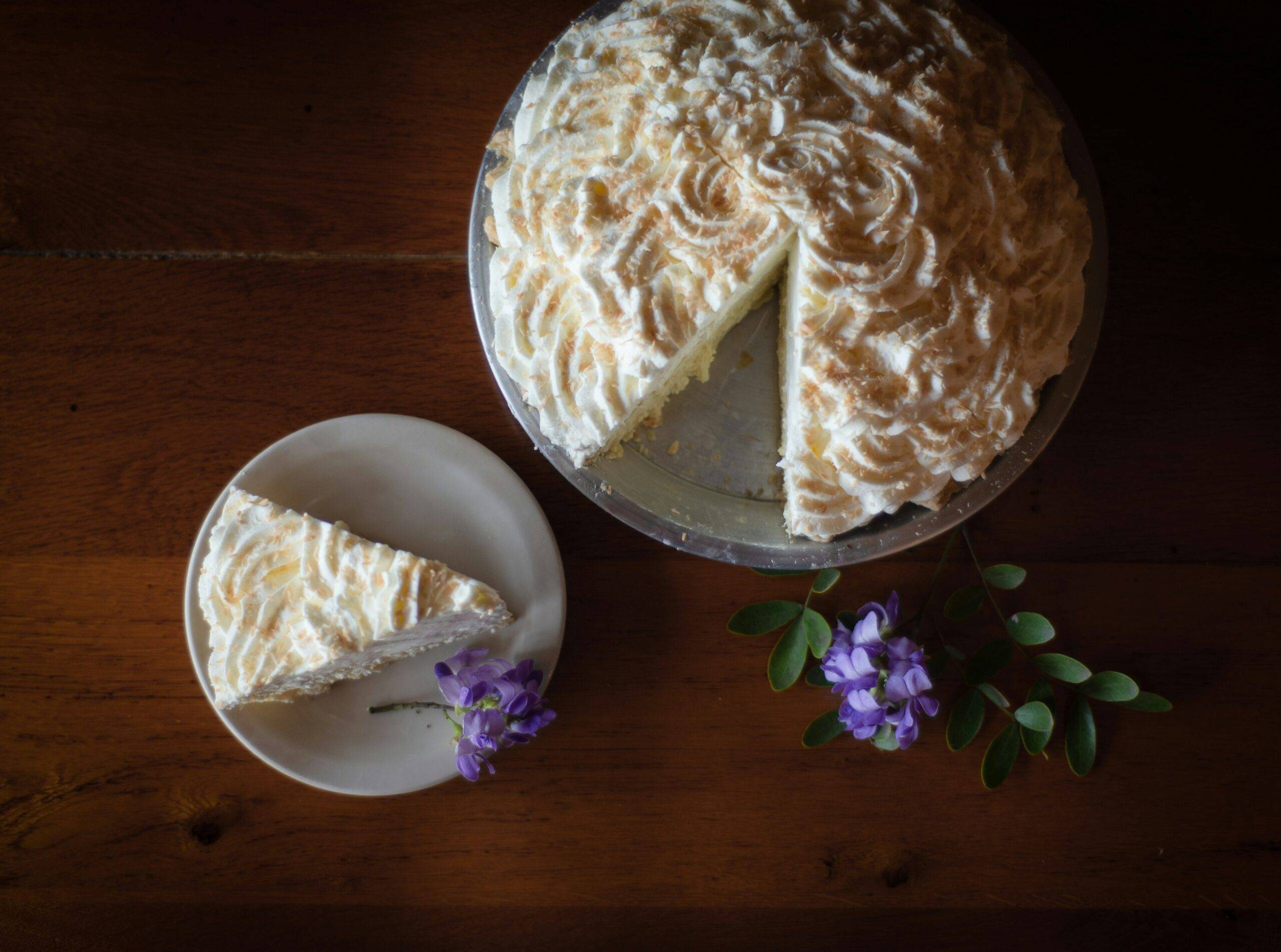
Coconut Cream Pie
Ingredients
- 1 pre-baked pie crust 9 inches
- 1 cup sweetened shredded coconut
- 2 1/2 cups whole milk
- 3/4 cup granulated sugar
- 1/3 cup cornstarch
- 4 large egg yolks
- 2 tablespoons unsalted butter
- 1 teaspoon vanilla extract
- 1 cup heavy cream
- 2 tablespoons powdered sugar
- For Garnish:
- Additional sweetened shredded coconut toasted (optional)
Instructions
- Preheat Oven: Preheat your oven to 350°F (175°C).
- Prepare Pie Crust: Prepare a 9-inch pie crust according to your favorite recipe or use a pre-baked pie crust. Allow it to cool completely.
- Toast Coconut: Spread the sweetened shredded coconut on a baking sheet lined with parchment paper. Toast it in the preheated oven for 5-7 minutes, or until golden brown. Keep an eye on it to prevent burning. Set aside to cool.
- Prepare Filling: In a medium saucepan, combine the whole milk and shredded coconut. Heat over medium heat until the mixture is hot but not boiling. Remove from heat and let it steep for about 5-10 minutes to infuse the coconut flavor.
- Strain Mixture: Strain the milk mixture through a fine-mesh sieve or cheesecloth into a clean bowl, pressing down on the coconut to extract as much flavor as possible. Discard the coconut solids.
- Prepare Custard: In the same saucepan, whisk together the granulated sugar and cornstarch. Add the egg yolks and whisk until smooth. Gradually whisk in the strained milk mixture.
- Cook Custard: Place the saucepan over medium heat and cook the mixture, stirring constantly, until it thickens and comes to a gentle boil. Let it boil for about 1-2 minutes, then remove from heat.
- Add Butter and Vanilla: Stir in the unsalted butter and vanilla extract until the butter is melted and the mixture is smooth.
- Cool Filling: Transfer the filling to a heatproof bowl and cover the surface with plastic wrap to prevent a skin from forming. Let it cool to room temperature, then refrigerate for at least 2 hours, or until chilled and set.
- Assemble Pie: Once the filling is chilled and set, spoon it into the cooled pie crust, spreading it evenly. Smooth the top with a spatula.
- Whip Cream: In a separate bowl, whip the heavy cream and powdered sugar together until stiff peaks form.
- Top with Whipped Cream: Spread the whipped cream over the chilled filling, covering it completely.
- Garnish: Sprinkle the toasted coconut over the whipped cream for garnish, if desired.
- Chill: Refrigerate the coconut cream pie for at least 4 hours, or until fully chilled and set.
- Serve: Slice and serve chilled. Enjoy your homemade coconut cream pie!
Conclusion: Coconut Cream Pie
Coconut cream pie’s journey from tropical shores to American dessert tables is a testament to the global exchange of culinary ideas and ingredients. Its rich history reflects the diverse cultural influences that have shaped the world of food, from ancient traditions to modern innovations. Whether enjoyed as a decadent treat or a nostalgic reminder of simpler times, coconut cream pie continues to captivate taste buds and inspire new generations of bakers with its irresistible blend of tropical flavors and creamy goodness.




